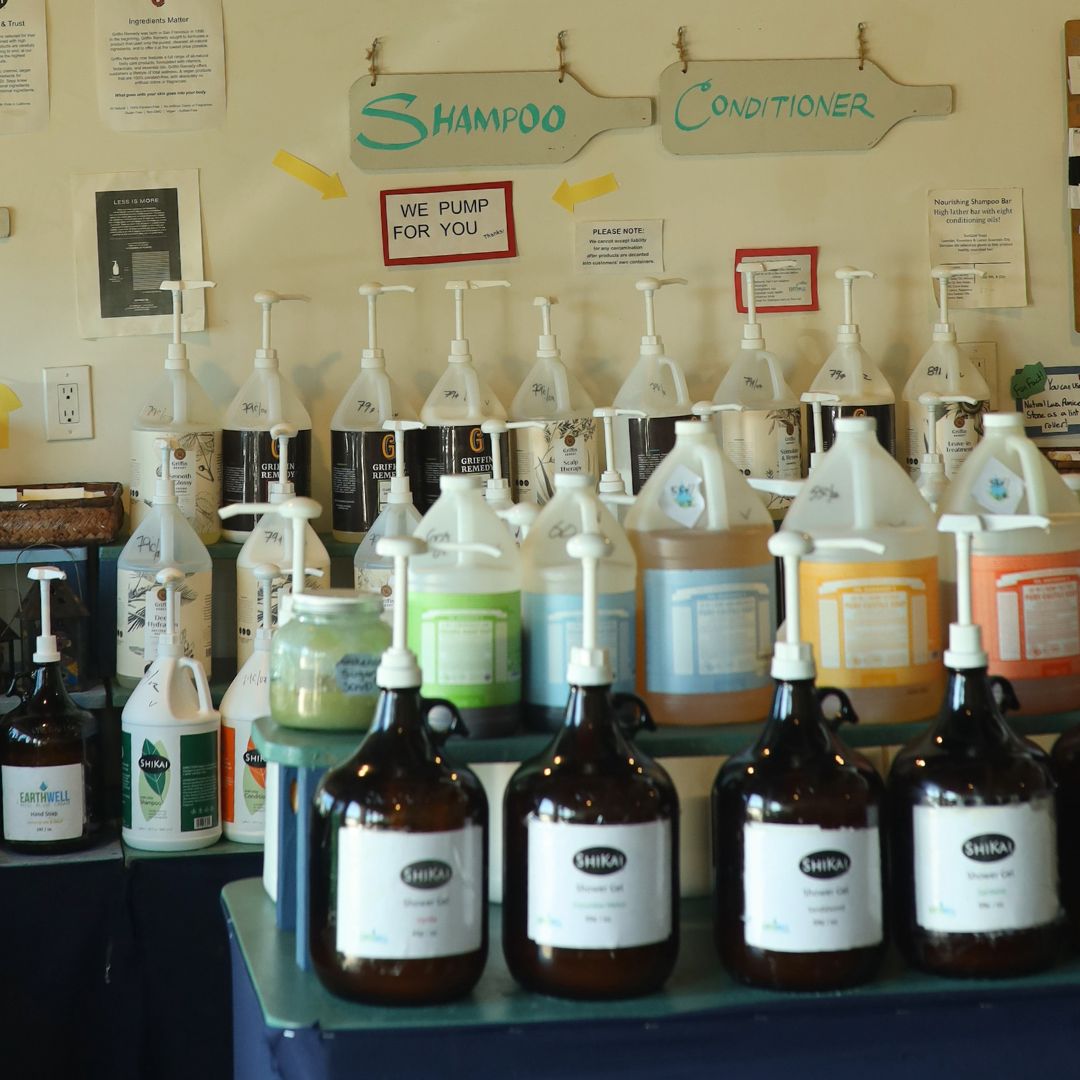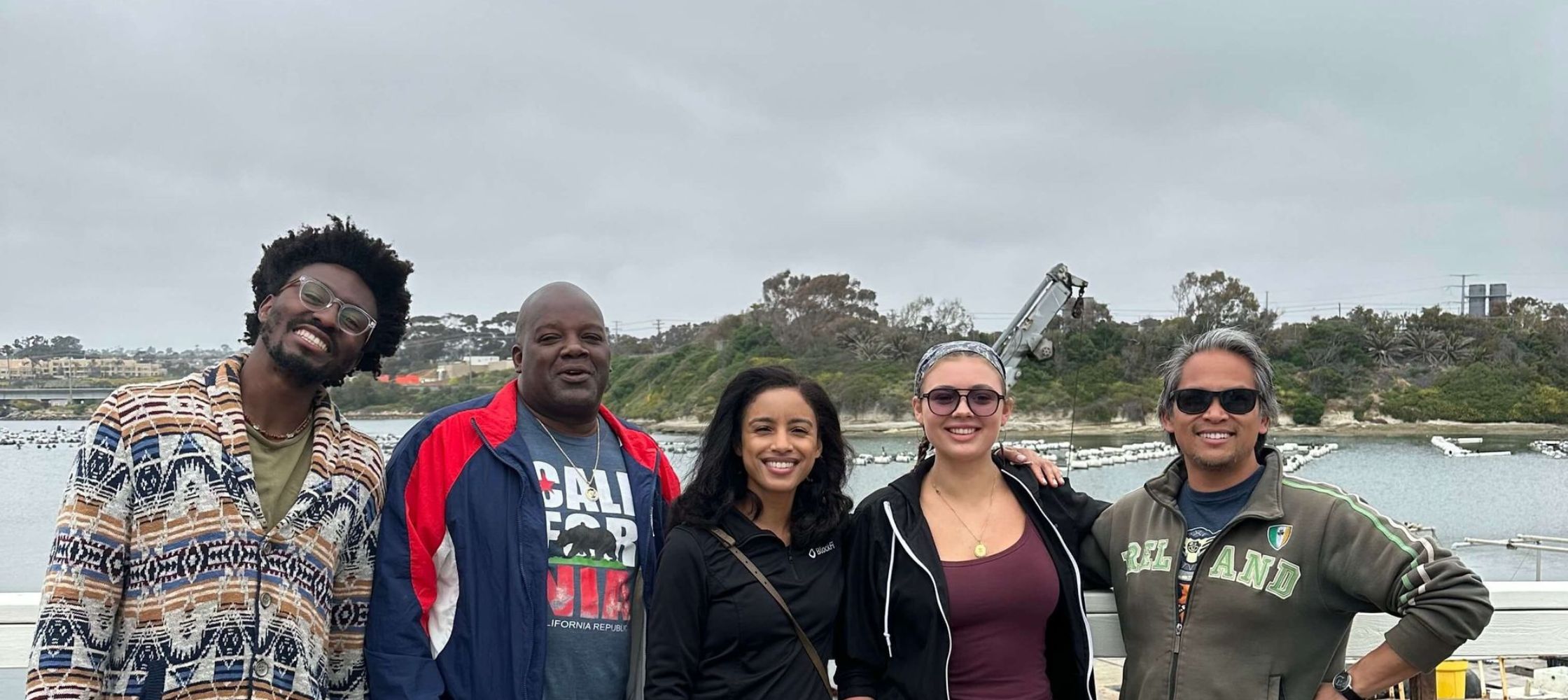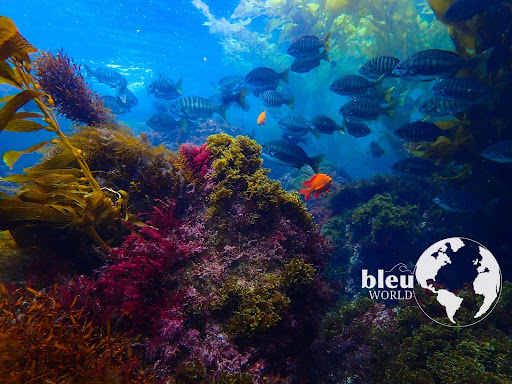As we catch the waves and soak up the sun, it’s important to remember the impact our sunscreen choices can have on the very waters we love. You see, not all sunscreens are created equal, especially when it comes to the UV filters they contain. Let’s dive into the world of sunscreen, UV filters, the science and their effects on our beloved marine ecosystems.
Did you know that it took a whopping 100 years after the invention of the first lab-based sunscreen for us to realize its environmental implications? Yep, we’re a bit late to the game, but better late than never, right? According to the Smithsonian Ocean article, an estimated 28 million pounds of sunscreen find their way into waterways across the globe every single year. That’s a whole lot of chemicals swirling around in our oceans and rivers, and it’s not great news for our underwater friends.
So, what exactly are these harmful UV filters we’re talking about? Well, sunscreen formulas often contain UV agents that can wreak havoc on marine life. These UV agents make their way into the environment through both direct and indirect means.


Direct Impact:
Tourism, including our favorite beach activities like surfing and fishing, plays a big role in directly transferring these UV filters into our waters. As more tourists flock to coastal areas, the concentration of UV agents in the water rises. It’s like a crowded lineup out there, but instead of surfers, it’s harmful chemicals crashing the party.
Indirect Impact:
UV filters can also enter oceans and waterways through sewage and water systems. Yep, that’s right—even what we flush down the toilet can end up affecting marine life. Some studies have even detected these UV agents in human urine just 30 minutes after application. Talk about a quick trip from sunscreen to sewage!
Now, let’s talk specifics. Here are some of the harmful UV agents found in sunscreens and their effects on our marine ecosystems:
- Oxybenzone:
Ah, oxybenzone, the notorious coral killer! This UV filter wreaks havoc on the photosynthetic mechanisms of zooxanthellae, those crucial algae that corals rely on for their health. Just imagine, within a mere 6 weeks of exposure to oxybenzone, our beautiful coral reefs can suffer major harm. A recent study by Dr. Tim Wijgerde exposed microcolonies of Stylophora pistillata and Acropora tenuis (coral species) to a field-relevant concentration of ~0.06 μg/L at 26°C. What they found was concerning: when faced with a heat wave peaking at 33°C, Acropora tenuis colonies didn’t fare so well. In fact, their survival dropped to a grim 0%. Oxybenzone not only accelerated mortality but also significantly impacted the photosynthetic yield of these corals, causing a 5% and 22-33% decrease, respectively. To add to the damage, oxybenzone can also lead to the formation of Reactive Oxygen Species (ROS), which further disrupt the photosynthetic mechanism within the zooxanthellae. This means that oxybenzone adds insult to injury, weakening corals even more in the face of global warming.
- Ethylhexyl Methoxycinnamate (EHMC):
Known to cause mortality and visual bleaching in corals, EHMC doesn’t waste any time wreaking havoc. In a study by Dr. Tangtian He exposing Seriatopora caliendrum and Pocillopora damicornis to EHMC at 33.5 ± 7.6 μg/L, results were startling. Death and bleaching were observed, particularly with a high concentration of 1000 μg/L in Seriatopora caliendrum. When these corals were exposed to sunscreen wash-off water containing EHMC and octocrylene, the mortality rates climbed to 66.7-83.3% in S. caliendrum and 33.3-50% in P. damicornis. The tissue concentrations soared up to 10 times higher than in single-chemical exposures, showing how other sunscreen ingredients can make EHMC’s impact even worse.


- Zinc Oxide (Nano):
Enter the nano-sized villain, zinc oxide nanoparticles! These tiny troublemakers spell disaster for corals, leading to their bleaching and even death. Imagine, within just 48 hours of exposure, the damage starts to show. A study by Dr. Cinizia Corinaldesi on Acropora spp. exposed to uncoated zinc oxide nanoparticles revealed a grim reality. These nanoparticles caused severe and rapid coral bleaching by disrupting the vital symbiosis between corals and zooxanthellae. Not only that, but they also stimulated the enrichment of viruses and prokaryotes around the corals, creating further havoc in the ecosystem.
- Titanium Dioxide (Nano):
Ah, titanium dioxide nanoparticles, another nemesis of our coral reefs! These nanoparticles eliminate zooxanthellae and induce bleaching, but they take their time. Within 17 days of exposure, the damage becomes apparent. A study by Dr. Boris Jovanović on Montastraea faveolata exposed to nano-TiO2 suspensions showed a concerning trend. While there was no mortality observed, the corals experienced significant zooxanthellae expulsion. The corals also exhibited acute stress, as indicated by the induction of the gene for heat-shock protein 70 (HSP70). This stress, combined with the bioaccumulation of nano-TiO2 in the coral’s microflora, paints a worrying picture for these vital reef-building organisms.
- Benzophenone-3 (BP-3):
Last but not least, we have BP-3, the wildcard among UV filters. With varying toxicity levels across different coral species, BP-3 presents a sneaky threat to coral health. Found to be toxic to corals, BP-3 causes tissue necrosis due to the formation of Reactive Oxygen Species (ROS). These ROS disrupt the photosynthetic mechanism within zooxanthellae, further weakening the corals. In a study by Dr. Ingo B. Miller assessing the toxicity to coral larvae, results varied among species. The brooding coral Leptastrea purpurea was the most sensitive, with an LC50 of 0.75 µg/L, while Tubastraea faulkneri was the least sensitive, with an LC50 of 2951.24 µg/L. These findings underline the need for further research and standardized testing methods to protect our fragile coral ecosystems.
But corals aren’t the only ones feeling the burn. UV filters can also wreak havoc on algae, bivalves (think mussels and clams), and marine vertebrates like fish and turtles.
Algae:
Algae, our oxygen-producing pals, suffer from oxidative stress, inhibited growth, and damaged cellular structures thanks to UV filters and OD-PABA.
Bivalves:
Mussels and clams aren’t safe either. Zinc oxide nanoparticles can reduce mussel secretion within just 10 days, while titanium dioxide can mess with enzyme levels in abalones within 96 hours.
Marine Vertebrates:
Fish, dolphins, and loggerhead turtles are also in the line of fire. Oxybenzone messes with fish reproduction and hormone levels, while titanium dioxide nanoparticles cause respiratory issues in fish. Even in the bloodstream of marine animals, traces of UV filters have been found, raising concerns about their long-term impact.


So, what can we do? First off, let’s choose our sunscreens wisely. Opt for reef-safe options like SUNMUD, a sunscreen that not only protects your skin but also the ocean we love. SUNMUD uses non-nano zinc oxide, unlike nano-particles that can enter the systems of corals and marine organisms, ensuring it’s safe for our corals and marine life. With all eco-friendly ingredients, including nourishing Jojoba oil and shea butter, SUNMUD keeps your skin happy while you enjoy the coast.
Secondly, let’s spread the word! Share this knowledge with your beach buddies, surf schools, and local coastal communities. The more awareness we raise, the better chance we have of protecting our oceans for generations of surfers to come.
Remember, as surfers, we have a deep connection to the sea. Let’s do our part to keep it clean, healthy, and full of life. So next time you’re waxing up your board, take a moment to choose sunscreen that’s as kind to the ocean as it is to your skin. Catch you on the next wave.
References
- https://www.ncbi.nlm.nih.gov/pmc/articles/PMC9652235/#CR17
- https://pubmed.ncbi.nlm.nih.gov/32446051/ (oxybenzone )
- https://pubmed.ncbi.nlm.nih.gov/30458376/ (EHMC)
- https://pubmed.ncbi.nlm.nih.gov/29801220/ (ZnO nano)
- https://pubmed.ncbi.nlm.nih.gov/24677278/ (TiO2 nano)
- https://www.ncbi.nlm.nih.gov/pmc/articles/PMC9146638/ (BP3)



